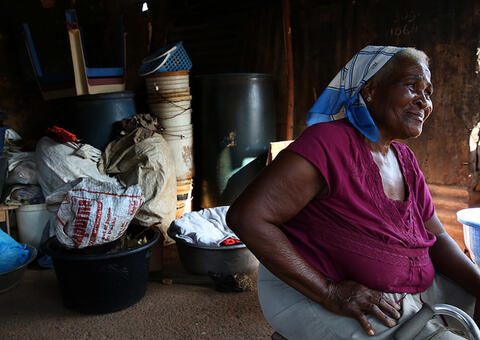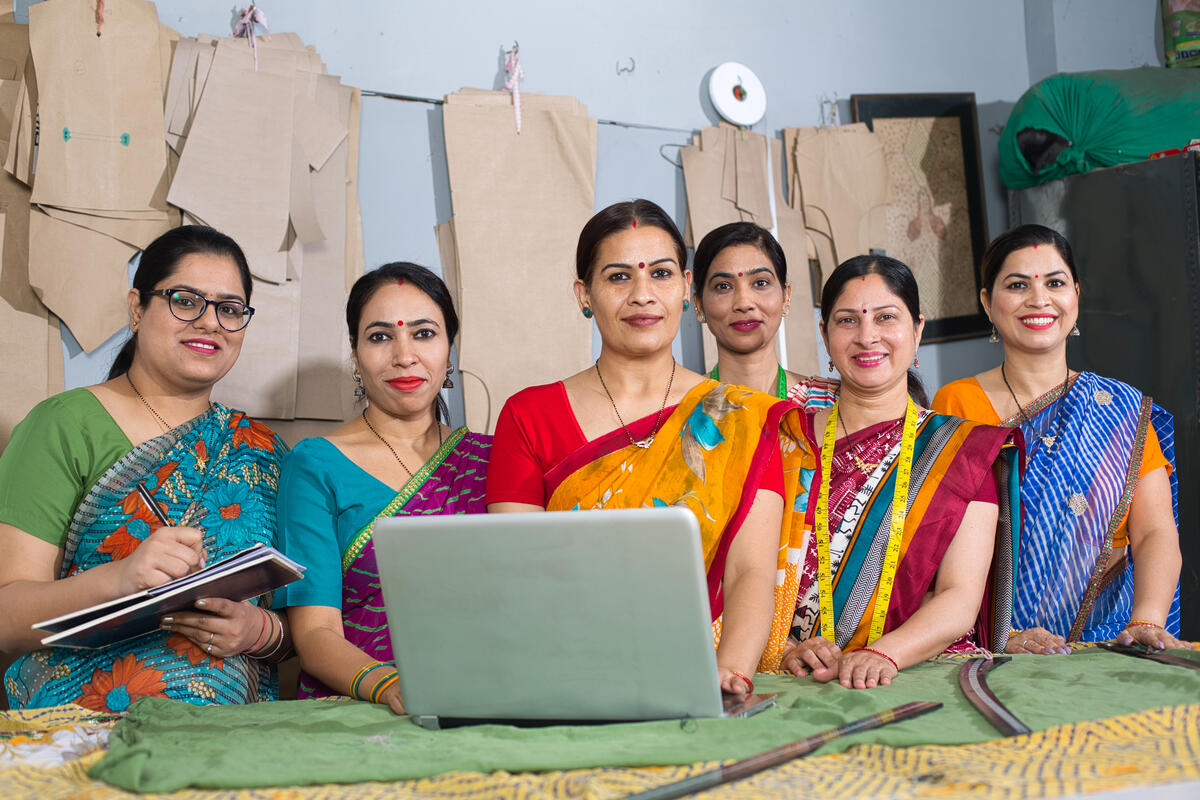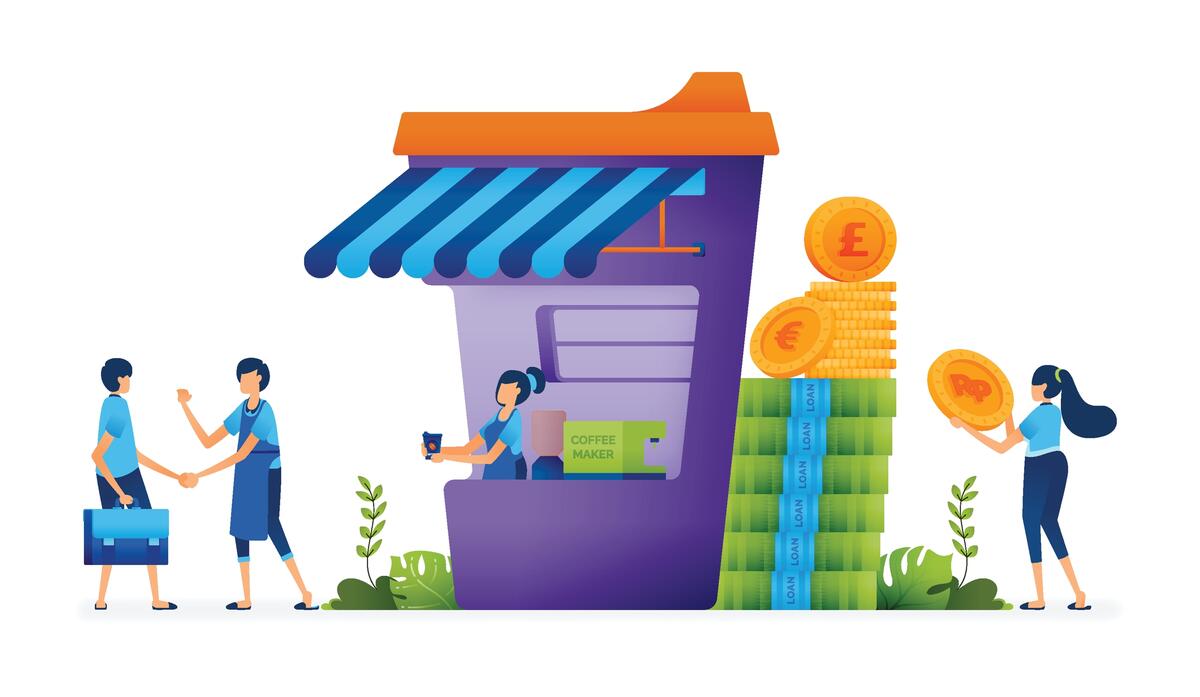Blog
Biz2Credit, An Online Small Business Platform that Matches Entrepreneurs with Credit Solutions

Small enterprises drive the US economy (they represent 99.7 percent of all firms, they create more than half of the private non-farm GDP and 60 to 80 percent of the net new jobs). What kind of challenges are they facing today?
Rohit Arora: SMEs in the United States are a very critical part of the economy. A recent Kauffman Foundation study shows that net jobs created in the US over the last two decades have been created by companies which are less than five years old. Policy makers and lenders should focus more on SMEs as they are key engines of economic growth.
The credit crisis which started in late 2007/early 2008 had its biggest hit on SMEs. Today it is very easy for big companies with revenues of $400 to $500 million to raise debt funds from capital market but smaller companies which have revenues between $500,000 and $7 million are having a hard time getting access to capital. The challenges SMEs in the U.S. are facing today are:
· 90 percent of SMEs in the U.S. have suffered some kind of revenue and profitability deceleration in 2009 and 2010.
· Most of the lenders that target SMEs look at their financial performance for the past two to three and very often conclude they don’t want to lend them any money. So much so that Biz2Credit Small Business Lending Index shows that nine out of ten SMEs loan requests get rejected by big banks - in spite of the fact that those banks keep 70 percent of the SMEs’ deposits.
The SME financing gap is generally associated with emerging countries. Is it also a reality in the US? As you have perspective from both the US and India, can you compare both situations – SME Finance wise?
Rohit Arora: In the U.S., before the credit crisis, SMEs access to credit was easier and cheaper than in India. After the crisis, everything changed, and today trying to get money for an SME in the U.S. is more difficult than for an SME in some of the emerging markets because a lot of banks and lending institutions in the US have withdrawn fully from the SME market.
Today most of the SMEs in the U.S. are being forced to borrow money from alternative lending sources which are two to three times more expensive than traditional lending sources. This price is comparable for instance to what an SME would get in India from a nonbanking financial institution. It is harder and more time-consuming for U.S. small entrepreneurs to get access to these alternative lending sources compared to what they could do before the crisis, namely asking their local branch for money because they have a deposit relationship.
Today, credit access is not as bad as in 2009-2010 (actually 2011 data for SME lending show that it is at its highest since 2007) but the market has changed in three ways compared to 2006:
· It is harder to find out who will lend SMEs money.
· The amount of paper work to request a loan has increased.
· The cost of capital for SMEs is at its highest point in the last 15 years.
In emerging markets and especially in India where Biz2Credit also has a platform, two periods can be highlighted.
From 2001 to 2008, there was a lot of liquidity, investments and easy availability of credit. The cost of borrowing dropped: high interest rates typical in markets such as Brazil or India had been in double digits fell to single digits for the first time in the last 40 to 50 years.
After the credit crisis and a recovering period, emerging countries entered into a recession period starting in 2011. The economy slowed down, inflation went up because of the raise in commodity prices. The average interest rate climbed to 16 - 18 percent, and credit became more expensive and less available. The outlook for SMEs access to credit is looking pretty bleak today compared to the progress made during the first decade of 2000. The only saving grace is that a lot of Indian SMEs are exporters and benefit from the fact that most of the credentials have depreciated compared to dollar.
What are the main reasons that can explain this unmet financing demand? Is the SME market still not seen as a banking opportunity in the US?
Rohit Arora: SME Lending is a big market in the U.S. The overall outstanding loan portfolio is almost $7 trillion (Federal Reserve data).
The challenge is that the SME market has not seen any innovations, in terms of how the underwriting and the whole lending process is performed. It is still very paper-intensive and done in local branches by loan officers who don’t have a lot of underwriting experience.
The SME lending market is asynchronous: it is highly segmented but at the same time SME lenders don’t offer innovative products adapted to the various SME profiles.
The SME market is heterogeneous:
- SME owners have different needs, different types of cash flow and different aspirations.
- A lot of SMEs owners are retiring and nowadays, ethnic or minority-owned businesses are growing five times faster than mainstream SMEs (from 2001 to 2010 following SBA data).
A lot of lenders don’t know how to cater to SMEs:
- Most of the lenders have no idea how to cater to those ethnic groups in terms of language, aspirations and products. There is a huge gap in this market place.
- A lot of lenders have tried to use retail financial services strategy (credit card and mortgage for instance) to serve SMEs but it did not work.
What is the approach Biz2Credit advocates since its inception in 2007?
Rohit Arora: When we founded Biz2Credit, we were already aware of the fact that the SME market was segmented. As a lending institution we did not want to put everybody in the same bucket and asked ourselves how we could use technology in a smarter way to cater to those different needs. Instead of SMEs dealing with loan officers, we wanted them to deal directly with underwriters. In addition, we also wanted to get direct access to the underwriting criteria and match them exactly to the best lenders. In our business model, SMEs owners control the lenders they want to work with (we don’t sell leads) and we don’t make money before the deal gets funded.
Biz2Credit is a cost effective online platform that provides the right kind and amount of credit but also some workflow tools and information in real-time. Our online platform identifies five big touch points (books, productivity software, payroll system, payment platform, and marketing tool) and pulls out data from those. Because we have access to all this information, we can offer better and less expensive products. Biz2Credit is more than an online only platform; every SMEs owner is assigned a loan specialist that guides and helps him package his deal.
What key innovations made Biz2Credit a successful credit market place?
Rohit Arora: In the last four years we have provided $600 million in financing to literally thousands of SME customers in the US. The key innovations that made us successful are:
- Ease of use (one-click experience)
- Transparency for both business owners and lenders
- Ongoing risk management for lenders and ongoing help for business owners to maintain their credit worthiness
- Combination of online and offline services
What kind of loan do you propose?
Rohit Arora: We can lend starting from $4,000 to $5,000 to start a micro business all the way up to $5 million.
At the lower end, ACCION USA (the largest micro-lender in the US) is fully automated with our platform. This means that as a micro-business customer, you enter your criteria and within two to three minutes you have an approval from micro lenders without the need to put any data application. Your overall credit approval time drops from five business days to a few seconds. In addition, the average pricing on those deals has dropped down from 14-16 percent to 11-12 percent.
At the higher end, we do a lot of Small Business Administration (SBA) deals (up to $5 million) that are more paper intensive.
In between, we do a lot of working capital lines, factoring deals, merchant cash advances, and other products. We have over 140 products on our platform adapted to the various SME profiles.
What are the competitive advantages of Biz2Credit compared to other banks in the U.S. active on the SME segment?
Rohit Arora: As of today, we don’t have any other online credit marketplace competitor. Our main competitor would be a local branch of a traditional bank. The key differentiation between Biz2Credit and any of those banks is:
· Borrower’s preference criteria get matched to thousands of lenders. Small business owners don’t have to go shopping in different banks.
· When small entrepreneurs do applications in various banks, the lenders all pull their personal credit information. This damages their credit worthiness. At Biz2Credit, the SMEs only do one application with one soft pull of their credit scores.
· We can pull data related to the five touch points from SMEs’ online platforms. No other bank can do that today.
As of today, we have a total of about 100 employees both in the U.S. and India, where our operations recently started.
We are looking into other emerging markets, especially in Brazil, but we need to get a better understanding of those markets before we can expand there.
Can you give us more information about Biz2Credit Small Business Lending Index?
Rohit Arora: As a company, Biz2Credit always has had interest in collecting, disseminating, and expanding SME finance data. In early 2009, we decided it was time to bring a Small Business Lending Index in the U.S. market because lenders were complaining about the scarcity of SMEs willing to borrow. Meanwhile, SMEs griped about the scarcity of banks willing to lend them money. We wanted to understand what was exactly happening in this market.
The index segments the market and looks at what big and small banks are doing. Those lending institutions are divided following four criteria:
- Asset size (above or under $10 billion)
- What kind of institutions are they (Small Business Administration-insured institutions get access to cheaper money)
- What is the charter of the bank (Is it set up as a bank or an alternative lender?)
- Is it a credit union?
The Biz2Credit Small Business Lending Index analyzes 1,000 new loan applications taken from our platform every month. In our analysis, we remove any bias from the data and look at SMEs that follow those criteria:
- SMEs which have more than two years in business
- Revenue of $100, 000 to $300, 000
- Credit score above 660
This index allows us to answer the following questions: Where do SMEs get their money from? What is the cost of getting that money? What is the speed in getting that money? What kind of paper work do they have to complete?
The Biz2Credit Small Business Lending Index has become such a huge success that President's Council of Economic Advisers at the White House subscribes to it and presents its findings to President Obama during the monthly briefing. State-wise lending indexes are also being developed. Policy makers are very interested in the Index that gives a great insight of the market and allow them to check the impact of their policies. The Federal Reserve has just published a new report based on the data provided by our Index.
In April of this year, the SME Finance Forum was launched as a collaborative knowledge sharing platform for data, research, and best practices for SME finance.
What are your views on this new initiative? How would you like to contribute?
Rohit Arora: There are two best practices that Biz2Credit can share on the SME Finance Forum website:
· Biz2Credit Small Business Lending Index. This index could be replicated on a larger scale with the help of IFC in a selection of emerging countries.
· Biz2Credit SME tool kit. This toolkit helps benchmark a lot of data to assess credit worthiness and could also be replicated.
Biz2Credit is hoping the SME Finance Forum initiative will help fight the lack of quality SME finance data in most emerging countries. There is a lot of work to be done in this area and IFC’s continuous involvement is much needed.










